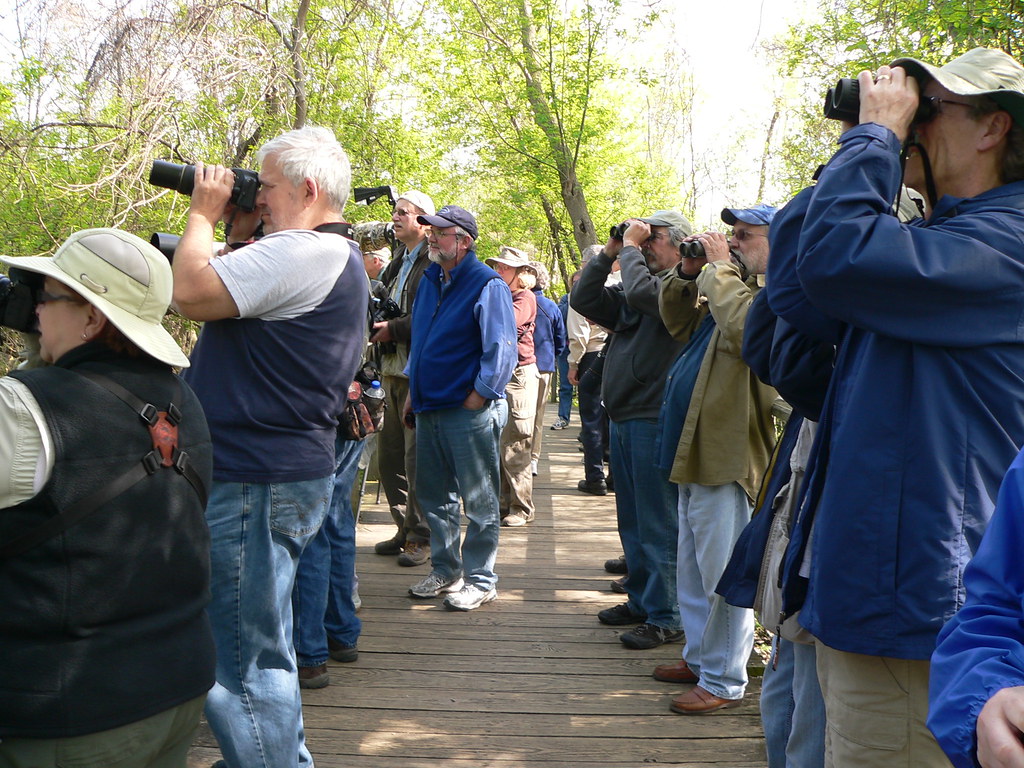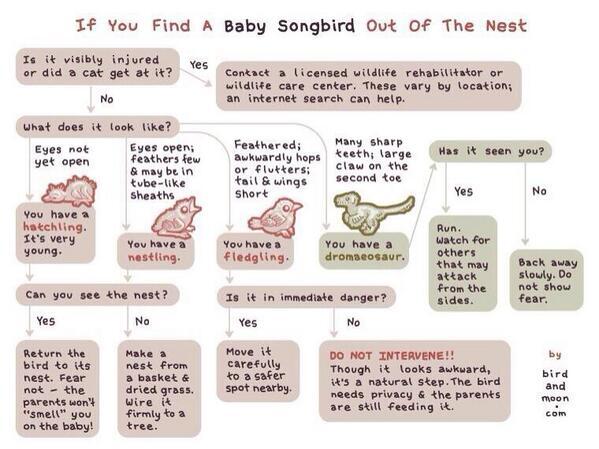 |
| In high school I spent a lot of time birding in groups like this one, I'm in the red hat, OYBC Field Trip 2006 |
One of the wonderful things about traveling is that there are new birds to see. It can also be a little overwhelming. trying to figure out where to go and what you are likely to see. Bird festivals are one way to get around this problem, visiting a new place during a festival you can take advantage of all the great people there.
Bird festivals are a strange beast, if your a solo birder, like Boone often is, they might sound a bit ridiculous. I grew up with the chaos of the Magee boardwalk in the spring, where claustrophobia and birding go hand in and and I love it. Birding to me at a young age was a group activity and spending time with the people was as much a part of it as the birds.
If you want to meet people who are just as geeked out over things with feathers as you are bird festivals are fantastic. In addition to meeting many fellow bird loves they are great ways to check out new equipment (scopes and binoculars!) and meet birding celebrities. They can also help improve your birding skills but participating in workshops and field trips led by fantastic guides. Festivals can also be great ways to go birding in a new place. If you've never been to South Texas before knowing where to bird and identifying all the new species can be intimidating. By taking advantage of the bird festival you'll be around many knowledgeable people who can help you have a great time.
What is important when deciding to attend a festival is to do your homework so you pick the festival that best fits what you want. One of the big things to find out before you plan a trip, especially for big festivals, is if there is anywhere near by to stay. For some festivals in remote areas the limited hotel space fills up fast, so plan ahead, or prepare to be flexible. Often by checking out a festivals website you can get a quick feel for the festival and if it will fit your needs. Some festivals are all inclusive, where you are 'expected' to do everything. Others are buffet style, you pick a workshop here, or a field trip there, and can do things at your own pace.
 |
| The boardwalk at Magee WILL be packed, much more then this (Dakota Kingfisher) |
Last fall Boone and I were down in South Texas for the Rio Grande Valley Bird Festival. Being cheap we didn't go on any of the field trips (though I hear they are fantastic!). We attended some of the speakers and hung out at the vendors fair. It was a great way for us to get to meet other birders and get to enjoy the atmosphere of the festival, while also having the freedom to go birding as it suited us. You can't take all in a piece meal fashion, though you can find a way to make any of them fit your needs, you just have to do your homework.
My personal favorite festival is The Biggest Week in American Birding, held every May in NW Ohio. I'm a native Ohioan, and I love the marshes of Lake Erie. The Biggest Week is the brainchild of the wonderful people at Black Swamp Bird Observatory (BSBO). It has become a great way of bringing birds and birders to the attention of local communities. BSBO is all about showing local businesses that birders are bringing their money to NW Ohio because of the birds, and using the tourism opportunities to help both our local economy and the birds! (it's pretty awesome)
The Biggest Week is a festival you can definitely piece meal if solo birding is more your style. I should warn you though, true solo birding is going to be challenging because there are SO MANY PEOPLE around searching for birds, but you don't have to go on field trips if you don't want to. There are many workshops, talks and other activities going on though that I would encourage you to check out. They are great ways to expand your skill set and meet some like minded birders.
There are dozens of birds festivals in the U.S. alone every year (and many more in other countries). The database from the American Birding Association lists many of them and helps you get started planning your next big trip. What is great is you can search by both region OR month. So whether you're a student trying to find something over spring break or you want to find something in your home state, you've got the right resources.
Hope to see you at the Biggest Week this year, I'll be there just for a day, but I cannot wait.
- Auriel







